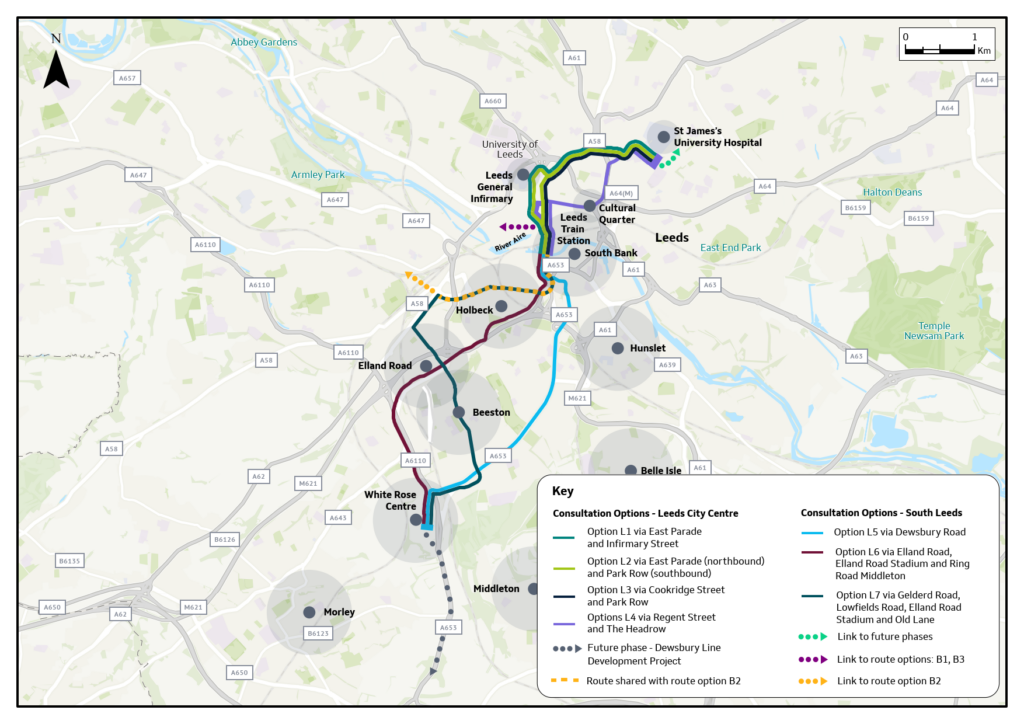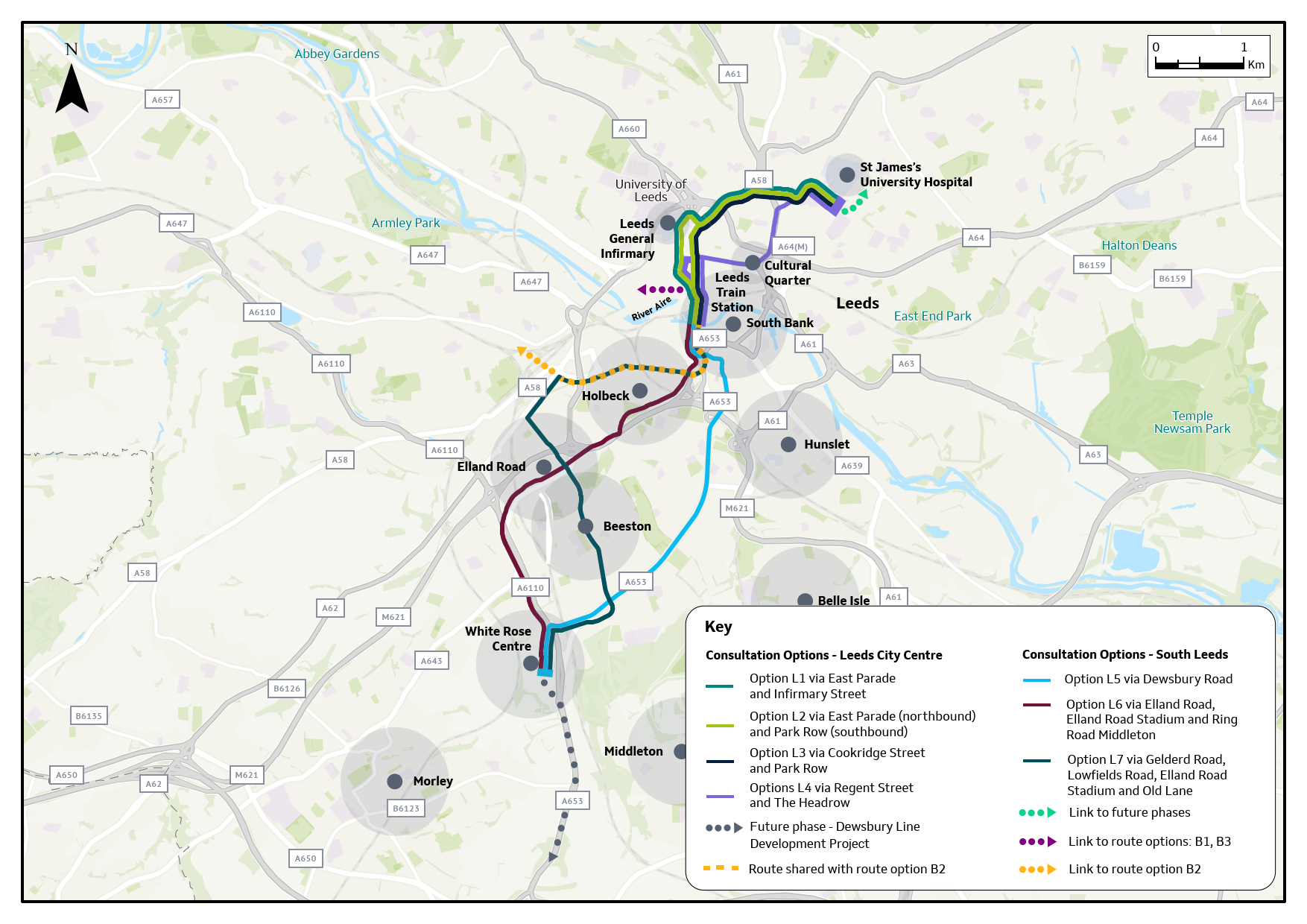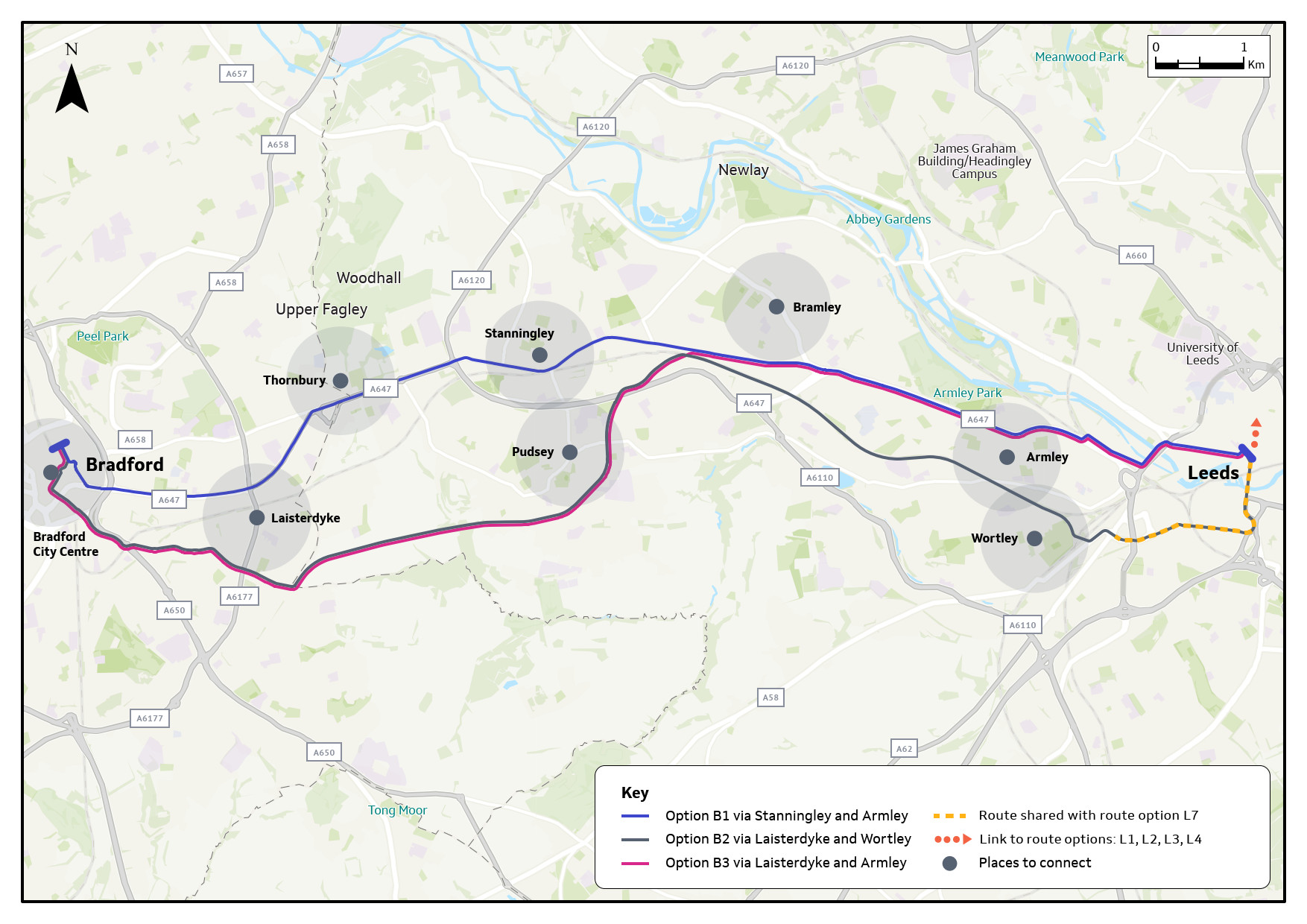Mott MacDonald Jacobs consortium to develop £2.5bn West Yorkshire Mass Transit

This post was originally published on this site
A consortium comprising Mott MacDonald and Jacobs has been named as the design development partner by the West Yorkshire Combined Authority (WYCA) for the next phase of the £2.5bn West Yorkshire Mass Transit programme.
The initiative aims to develop a high-capacity public transport network integrating cycling, walking and rail, to improve connectivity across the region.
West Yorkshire, home to 2.3M people and boasting an economic output of nearly £70bn, is notably Europe’s largest metropolitan area lacking an urban transit system. This latest development represents a significant step forward in addressing the region’s transportation needs.
The consortium’s role will involve progressing the existing concept design to completion. This includes providing professional and technical support with the aim of implementing the first phase of the transport network by the end of the decade.
Jacobs has been involved in the project since 2021, when it was appointed lead consultant. Mott MacDonald will draw upon its extensive experience with WYCA, having already served as a stakeholder engagement advisor on the project.
During recent consultations, the focus was on two main lines for the first phase: the Leeds line and the Bradford line.

Route options for Leeds line
The Leeds line options included routes near the White Rose shopping centre and some serving Leeds United’s Elland Road stadium. The proposed routes target key locations including Leeds General Infirmary, The South Bank, Holbeck and Beeston.
In addition, three potential routes have been considered for the Bradford line, aimed at connecting Bradford and Leeds city centres and covering areas such as Thornbury, Laisterdyke, Pudsey, Armley and Wortley.

Route options for Bradford line
WYCA plans to hold a statutory consultation in 2025 once the preferred routes are chosen and further developed. This consultation will discuss tram stops, depots, potential park and ride sites and necessary engineering works.
In pursuit of necessary legal permissions, application for a Transport Works Act Order will be submitted to the Department for Transport with the goal of obtaining approval in the latter half of 2026. Early construction could commence in 2028, with this initial phase involving the two selected lines between Leeds and Bradford.
Throughout the undertaking, WYCA will collaborate with local authorities to ensure the mass transit network can eventually extend to further areas within West Yorkshire.
The involvement of Jacobs and Mott MacDonald promises to leverage their respective global expertise in similar large-scale transit projects, underscoring the potential impact on the region’s public transport infrastructure.
Over the summer, WYCA executive director, transport Simon Warburton gave more details about the aims and development of the project.
Mott MacDonald global practice leader for urban transit and mobility Stephen Luke said: “With a long heritage in delivering urban transit systems around the world, including in Melbourne, Toronto, Manchester and London we are proud to be supporting this transformational investment to help drive economic growth, and to deliver social and environmental benefits for the region.”
Jacobs senior vice president Kate Kenny said: “The Jacobs – Mott MacDonald consortium will support The Combined Authority in turning its mass transit vision into future-made designs that connect West Yorkshire’s communities, combat climate change, support a sustainable and inclusive economy, and improve people’s health and wellbeing.
“Our teams bring world-class experience on integrated mass transit systems that deliver a positive, sustainable legacy, helping communities flourish.”
WYCA interim director of mass transit Rob Leech said: “Mass Transit is a significant part of our ambition to create an integrated transport system for West Yorkshire. We are delighted to be working with the Jacobs – Mott MacDonald consortium who will support us to achieve our vision to bring Mass Transit to our region.”
Like what you’ve read? To receive New Civil Engineer’s daily and weekly newsletters click here.





Responses